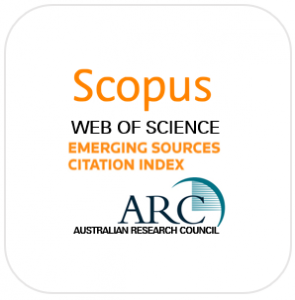ABSTRACT
The Phanom-Surin (PNS) archaeological site contains the remains of a sewn-plank vessel that is dated to the 9th century CE and discovered in Thailand’s mangrove swamp. As the only accessible sewn-plank vessel archaeology in the world, it provides research opportunities and potential for collaboration between heritage stakeholders. Preservation of the site within its context is crucial. Throughout this article, I will explain the importance of the PNS site management and its context based on my experience. The fuller understanding of the PNS site relies much on the information to be extracted from the materials and contexts. This article therefore encourages the preservation and management of the site within the original context. There are several relevant international guidelines for heritage and environmental management, such as the World Heritage Operational Guidelines, the Annex of the UNESCO (United Nations Educational, Scientific and Cultural Organization) 2001 Convention and the technical Ramsar Convention, all of which can help develop domestic framework and practices. This article aims to draw public and government attention towards the PNS site, and discusses concepts, policies and practices relating to the site.
DOWNLOAD

